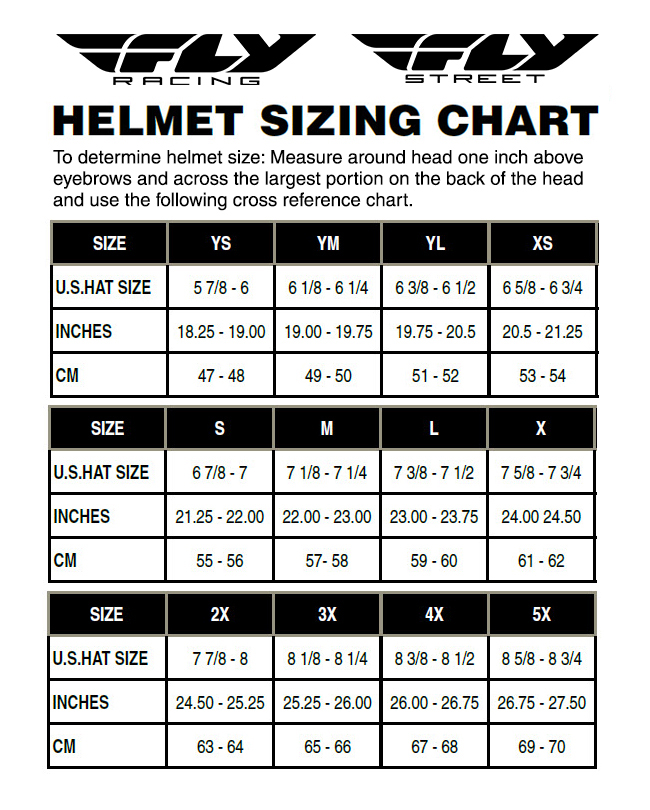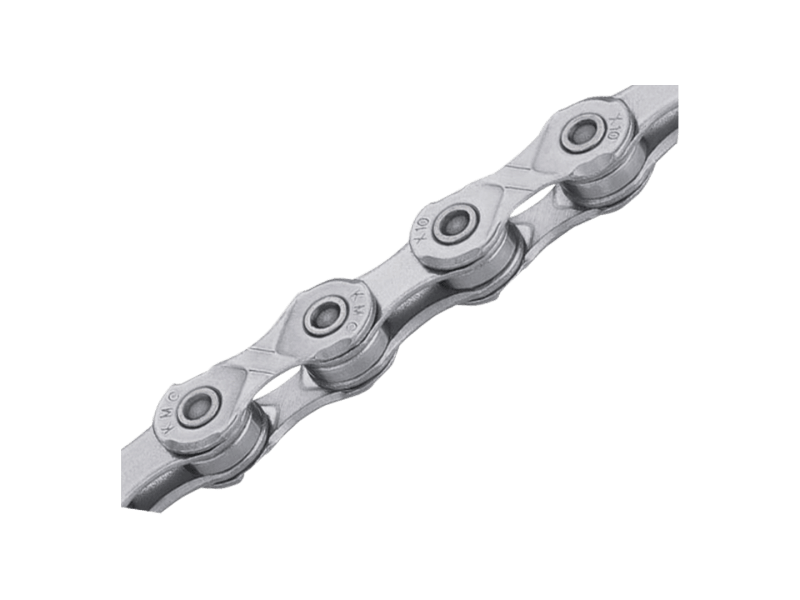A bike helmet size chart helps you find the right helmet fit based on your head circumference. Accurate sizing ensures safety and comfort.
Choosing the right bike helmet is crucial for safety and performance. A helmet that fits well protects your head and enhances comfort during rides. Most brands offer size charts that correlate head circumference measurements to helmet sizes. Measure your head with a flexible tape to determine the correct size.
Place the tape about an inch above your eyebrows, circling your head. Check the measurement against the brand's size chart to find the best fit. Properly fitting helmets should feel snug but not tight. A well-fitted helmet stays in place and doesn't shift during movement, providing optimal protection.

Credit: swagtron.com
Importance Of A Proper Fit
Choosing the right bike helmet size is crucial for both safety and comfort. A well-fitted helmet ensures maximum protection and a pleasant riding experience. Here, we discuss why a proper fit matters, focusing on safety and comfort.
Safety First
A properly fitted helmet provides the best protection. It reduces the risk of head injuries during accidents. An ill-fitting helmet can move around and fail to protect your head. Ensure the helmet sits snugly on your head.
The straps should form a "V" shape under your ears. The helmet should not tilt forward or backward. This stable fit keeps the helmet in place during impacts. An accurate fit helps the helmet absorb and distribute impact energy efficiently.
Comfort Matters
Comfort is essential for long rides. A helmet that fits well makes you forget you're wearing it. Look for adjustable straps and padding for a customized fit. The helmet should not cause pressure points or discomfort.
Proper ventilation is also important. It helps keep your head cool during rides. Helmets with adequate airflow prevent overheating and sweating. This enhances your overall riding experience.
| Head Circumference (cm) | Helmet Size |
|---|---|
| 50-54 | Small |
| 55-59 | Medium |
| 60-64 | Large |
Use this size chart to find the perfect helmet fit. Measure your head circumference accurately. Choose a helmet size that matches your measurement. A proper fit ensures safety and comfort on every ride.
Measuring Your Head
Finding the right bike helmet size is crucial for safety. Knowing your head size ensures a comfortable and secure fit. Follow this guide to measure your head accurately.
Tools You Need
- Flexible measuring tape
- Mirror
- Pen and paper
Step-by-step Guide
- Stand in front of a mirror.
- Wrap the measuring tape around your head.
- Place the tape just above your eyebrows.
- Ensure the tape is level all around.
- Note the measurement in centimeters.
| Head Size (cm) | Helmet Size |
|---|---|
| 52-54 | Small |
| 55-58 | Medium |
| 59-62 | Large |
Important: Always double-check your measurement for accuracy. A well-fitted helmet ensures maximum protection.
Understanding Helmet Sizes
Choosing the right bike helmet is crucial for safety. A properly fitting helmet can prevent serious injuries. Understanding helmet sizes helps ensure a secure and comfortable fit.
Size Categories
Bike helmets are categorized by sizes: Small, Medium, Large, and Extra Large. Each category fits different head measurements.
| Size | Head Circumference (cm) |
|---|---|
| Small | 51-55 cm |
| Medium | 55-59 cm |
| Large | 59-63 cm |
| Extra Large | 63-67 cm |
International Standards
Helmet sizes follow international standards. These standards ensure helmets fit consistently across different brands.
- European Standard (EN 1078): Used in Europe. Ensures helmets meet safety requirements.
- American Standard (CPSC): Common in the USA. Focuses on impact protection.
- Australian/New Zealand Standard (AS/NZS 2063): Ensures helmets meet regional safety needs.
Different brands may have slight variations. Always check the size chart provided by the manufacturer.
Types Of Bike Helmets
Choosing the right bike helmet is crucial. Different helmets suit different biking styles. Here, we explore the main types of bike helmets.
Road Helmets
Road helmets are designed for speed and aerodynamics. They are lightweight and have more ventilation. This helps keep your head cool during long rides. These helmets usually have a sleek design. Road helmets often feature adjustable straps. This ensures a snug fit on your head.
| Features | Benefits |
|---|---|
| Lightweight | Less strain on your neck |
| More Ventilation | Keeps you cool |
| Sleek Design | Reduces air resistance |
Mountain Helmets
Mountain helmets are built for rugged terrain. They offer more protection than road helmets. These helmets often have a visor. This protects your eyes from branches and sunlight. Mountain helmets are heavier than road helmets. They also have fewer vents. This makes them more durable. These helmets usually come with a chin guard. This adds extra protection.
- Visor: Shields your eyes
- Chin Guard: Extra protection for your face
- Heavier Build: More durable
Using A Size Chart
Finding the right bike helmet size can be challenging. A size chart can make this task easier. It ensures a proper fit, which is crucial for safety and comfort. Here’s how to use a bike helmet size chart effectively.
How To Read It
A size chart usually includes measurements in centimeters or inches. Measure your head circumference with a soft tape measure. Wrap it around your head just above your eyebrows and ears. Compare your measurement with the size chart.
| Head Circumference | Helmet Size |
|---|---|
| 50-54 cm | Small |
| 55-59 cm | Medium |
| 60-64 cm | Large |
Always check the manufacturer’s specific size chart. Sizes can vary between brands.
Common Pitfalls
Many people make mistakes when using a size chart. Here are some common pitfalls:
- Incorrect Measurement: Measuring too high or too low on your head.
- Ignoring Brand Differences: Not all brands have the same sizes.
- Assuming One Size Fits All: Different models may fit differently.
Avoid these errors for the best fit. A well-fitted helmet provides better protection and comfort.
Adjusting Your Helmet
Ensuring your bike helmet fits correctly is crucial for safety. Proper adjustments can make a huge difference. Here, we guide you through the essential steps. Focus on strap adjustments and padding options.
Strap Adjustments
Strap adjustments are vital for a secure fit. Follow these steps to adjust your helmet straps effectively:
- Place the helmet on your head. Ensure it sits level.
- Adjust the side straps. They should form a "V" shape under your ears.
- Clip the buckle under your chin. It should be snug but comfortable.
- Check the fit. Only two fingers should fit under the chin strap.
- Shake your head gently. The helmet should stay in place.
Padding Options
Padding options enhance comfort and fit. Most helmets come with removable pads. Here's how to use them:
- Remove the existing pads if they feel too tight.
- Insert thinner pads for a looser fit.
- Use thicker pads for a tighter fit.
- Ensure pads are evenly placed. This helps balance the helmet.
- Test the fit again. Make sure the helmet feels snug but comfortable.
Here's a quick reference table for padding options:
| Helmet Size | Padding Thickness | Recommended Fit |
|---|---|---|
| Small | Thicker Pads | Snug Fit |
| Medium | Standard Pads | Comfort Fit |
| Large | Thinner Pads | Loose Fit |
Remember, a well-fitted helmet can save your life. Adjust straps and pads carefully. Enjoy a safe and comfortable ride!
Testing The Fit
Ensuring your bike helmet fits correctly is crucial for safety. After using the size chart, it's important to test the fit. This section will guide you through the necessary steps to confirm your helmet fits perfectly.
Shake Test
Put on your helmet and fasten the straps. Shake your head from side to side. Your helmet should remain secure and not move. If it shifts, try adjusting the straps. The helmet should feel snug but not tight.
Comfort Check
Wear the helmet for a few minutes. Make sure it feels comfortable. There should be no pressure points or discomfort. A comfortable helmet is essential for long rides.

Credit: www.nutcasehelmets.com
When To Replace Your Helmet
Your bike helmet is crucial for your safety. But helmets don't last forever. Knowing when to replace your helmet is vital. This ensures maximum protection.
Signs Of Wear
Helmets show signs of wear over time. Look out for these signs:
- Cracks in the outer shell
- Worn out or torn straps
- Visible dents on the surface
- Fading colors or graphics
- Loose or damaged padding
If you see any of these, it’s time to get a new helmet.
Post-crash Protocol
After a crash, always check your helmet. Even minor accidents can damage it.
- Inspect the shell for cracks or dents.
- Check the inner foam. Make sure it’s not crushed.
- Ensure the straps are intact.
If you notice any damage, replace your helmet immediately. This ensures your safety in future rides.
Remember, your helmet is your protection. Keep it in top shape for the best safety.

Credit: xtremehelmets.com
Frequently Asked Questions
What Size Bike Helmet Do I Need?
To find the right size, measure your head circumference. Use a flexible tape measure. Compare your measurement to the helmet size chart.
How Do I Measure My Head For A Bike Helmet?
Use a tape measure around your head. Place it above your eyebrows and ears. Note the measurement in centimeters or inches.
Are Bike Helmet Sizes Universal?
No, bike helmet sizes vary by brand. Always check the manufacturer's size chart. This ensures a proper fit.
What If I’m Between Helmet Sizes?
If you're between sizes, choose the smaller one. Many helmets come with adjustable fit systems. This ensures a snug and secure fit.
Conclusion
Finding the right bike helmet size ensures safety and comfort. Always measure your head accurately before purchasing. Use our bike helmet size chart to guide your choice. A well-fitted helmet can make all the difference. Stay safe and enjoy your ride with confidence.

No comments:
Post a Comment